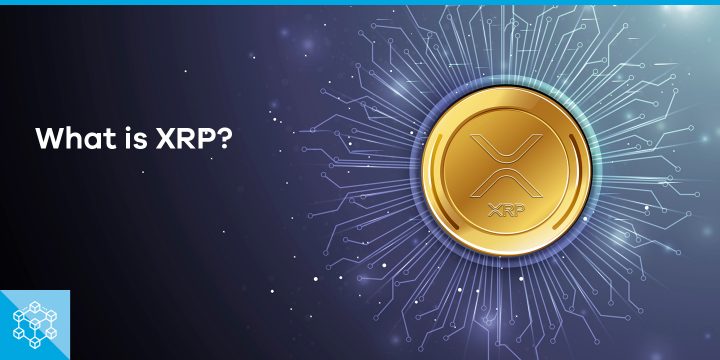
XRP, the cryptocurrency of Ripple, aims to create a faster and more cost-effective payment system in banking and financial sectors, and enables value transfer within seconds. Introduced into the market in 2012, XRP stands out with its structure suitable for everyday use in a wide range of applications.
1. When and by whom was Ripple founded?
- Ryan Fugger provided the ideological foundations of Ripple in 2004. Fugger transferred the project to Jed McCaleb and Chris Larsen and the company was founded in 2012. XRP was introduced into the market in the same year.
- McCaleb and Larsen first founded OpenCoin and the brand adopted the name Ripple Labs in 2013. The name was once more changed to Ripple by 2015.
- Brad Garlinghouse is the CEO of the company based in San Francisco. Educated in the University of Kansas and Harvard Business School, Garlinghouse previously worked in many other companies including Hightail, Homepage, Flickr, and Yahoo.
2. Infrastructure of XRP
- As in all Ripple transactions, XRP transfers are kept in a ledger called XRPL. This ledger is managed by independent validators continuously comparing all transactions in the ledger with each other.
- Ripple advises its clients to use the Unique Node List (UNL), a reliable participant list for the validation of the transactions.
- The company also has an exchange network called RippleNet. The users convert their currencies into XRP over Ripple and then transfer it to the buyer. Then, the buyer converts this XRP to its own currency to use.
3. What does XRP offer to its users?
- The greatest advantage offered by XRP to its users is its suitability for daily use and transfers as Ripple is able to work directly with banks.
- Although the transfer time varies based on the load on the network, an XRP transfer process is completed in as short as a 4 second period.. Besides, such high speed is applicable to large sums.
4. Is XRP mining possible?
- XRP mining is not possible. Ripple uses “Ripple Protocol Consensus Algorithm” (RPCA) created by Ripple. Transactions are validated and confirmed by the network participants through a consensus mechanism.
- Ripple aimed to build a network that enables transactions with much less energy, which does not require a large amount of electric power as in Bitcoin miningAll 100 billion of XRP were issued at once to prevent such mining.
5. Transaction volume, prices and half-life
- Ripple uses this asset to finance the project and the network. Funded by Initial Coin Offering (ICO) method, 1 billion of XRP, already mined, were distributed by Ripple to potential investors in 2013. The users were able to convert this cryptocurrency into various currencies.
- XRP is a cryptocurrency that can be divided into 6 decimal cases. The smallest unit for XRP is 0.000001 and it is called a “drop”. A small fraction of XRP is destroyed by each transaction. Therefore, the demand for XRP is reduced.
- The lowest price of XRP in the history of cryptocurrency was $0.00028 and the highest price of XRP was $3.84
6. How are XRP transactions conducted on Paribu?
- You can easily carry out your XRP transactions on paribu.com by clicking on the link.
Bu içerik en son 26 October 2022 tarihinde güncellenmiştir.
